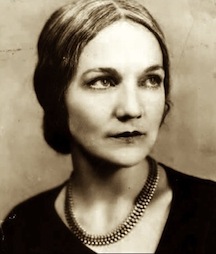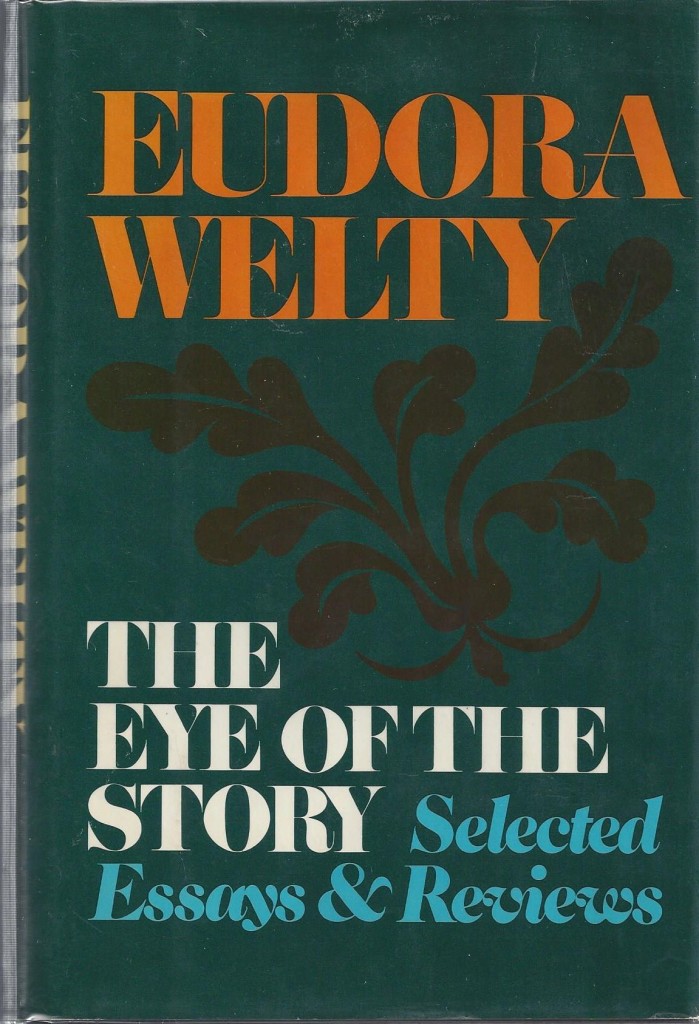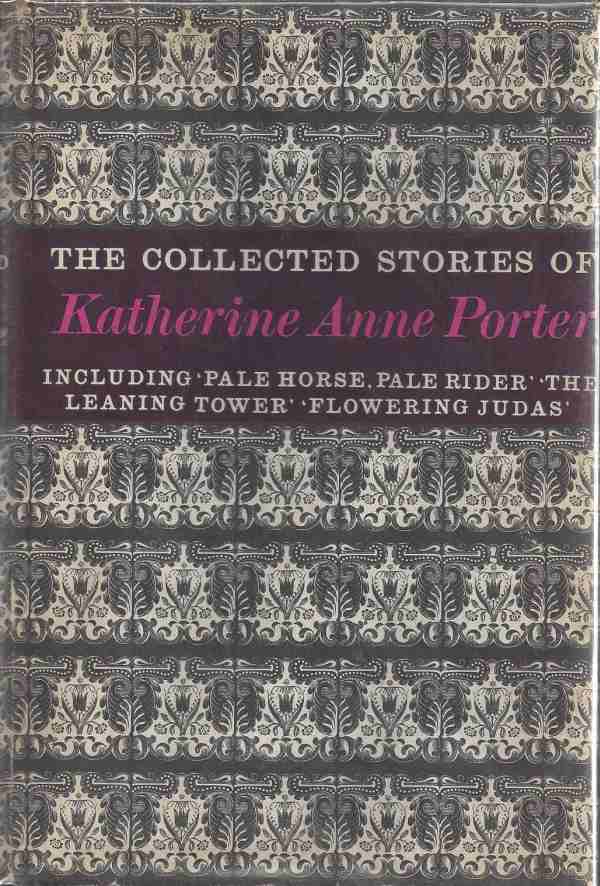Plainsong by Kent Haruf. New York, NY: Knopf, 1999.
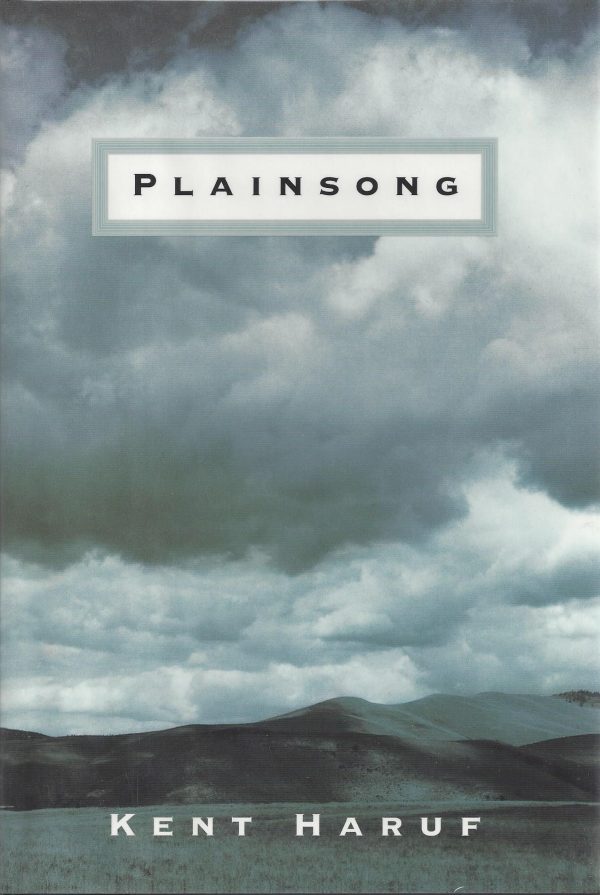 The simple wisdom of Kent Haruf’s “Plainsong” is revealed in the choral cast of characters. The interwoven stories stay with the reader long after the book is finished: a watchful teacher, a young pregnant girl who finds support from an unexpected pair of lonely bachelor farmers, a couple of young boys making their way without a mother. “Plainsong” is a story about a community coming together when the most predictable lines of support are absent.
The simple wisdom of Kent Haruf’s “Plainsong” is revealed in the choral cast of characters. The interwoven stories stay with the reader long after the book is finished: a watchful teacher, a young pregnant girl who finds support from an unexpected pair of lonely bachelor farmers, a couple of young boys making their way without a mother. “Plainsong” is a story about a community coming together when the most predictable lines of support are absent.
Kent Haruf was born in 1943 and grew up on high plains of eastern Colorado, the landscape that features prominently in all of his novels. A college course in American literature exposed Haruf to Faulkner and Hemingway and changed his aspirations from a biology teacher to literature and writing. After two years living in Turkey as a Peace Corp volunteer, Haruf applied to the Iowa Writer’s Workshop but was rejected. The University of Kansas instead provided a graduate degree but Haruf still longed for the writer’s workshop in Iowa, so he moved to Iowa City in the dead of winter with his wife and baby girl with no placement and a meager job as a janitor in a nursing home. By May, he was finally accepted. It was in Iowa that Haruf developed important writer friendships with Denis Johnson, Stuart Dybek, Tracy Kidder, T. C. Boyle, and John Irving. He also developed his fictional landscape of Holt County, Colorado where all of his novels would be set.
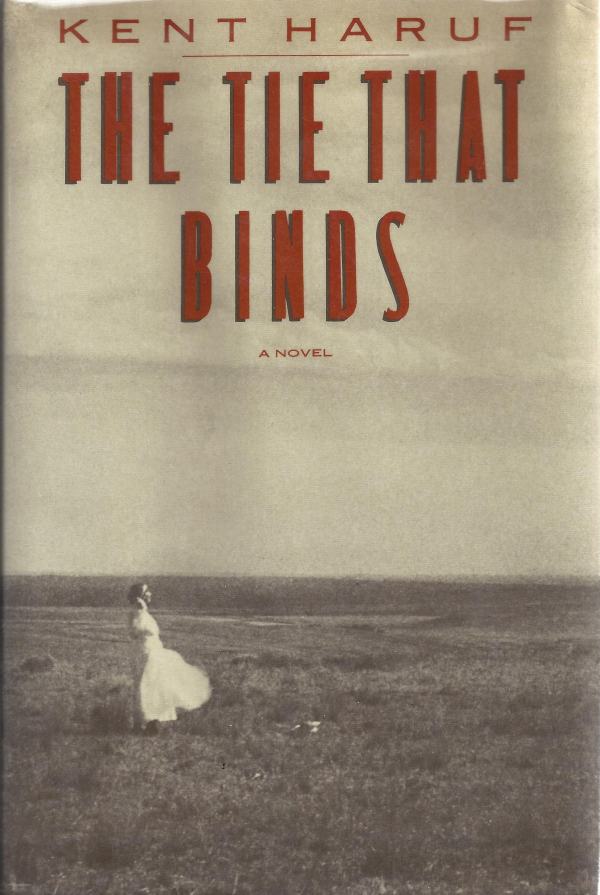 After writing for eleven years, it was his friend John Irving who sent Haruf’s first novel to his own agent at Holt, Rinehart and Winston. Haruf recollects in an essay for Granta: “[Irving] said he had sent fifty writers to his agent and he hadn’t taken any of them, but maybe he’d take me. And he did . . . That was a great day for me.” Haruf had been writing for twenty years and was forty-years-old in 1984 when his first book, “The Tie That Binds,” was published and won a PEN/Hemingway citation and a position teaching freshman composition at Nebraska Wesleyan. Later, he received a more prestigious position at Southern Illinois University in Carbondale where he would write his breakout novel “Plainsong.”
After writing for eleven years, it was his friend John Irving who sent Haruf’s first novel to his own agent at Holt, Rinehart and Winston. Haruf recollects in an essay for Granta: “[Irving] said he had sent fifty writers to his agent and he hadn’t taken any of them, but maybe he’d take me. And he did . . . That was a great day for me.” Haruf had been writing for twenty years and was forty-years-old in 1984 when his first book, “The Tie That Binds,” was published and won a PEN/Hemingway citation and a position teaching freshman composition at Nebraska Wesleyan. Later, he received a more prestigious position at Southern Illinois University in Carbondale where he would write his breakout novel “Plainsong.”
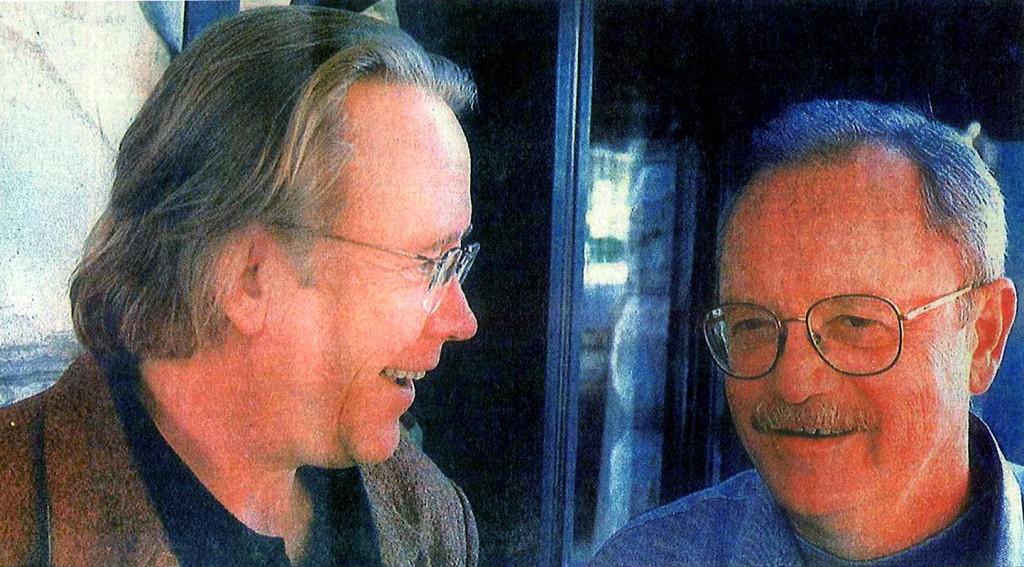 In 1998 Haruf’s agent sent “Plainsong” to Knopf, and Gary Fisketjon became his editor. Besides the intense yet never overbearing editing that Fisketjon offered, the two developed a friendship over part of Haruf’s 15-city author tour. “Plainsong” received a National Book Award nomination as well as adoration from a growing fan base. Fisketjon recalls on his blog, “Remembering Kent Haruf”: “Readers who’d taken so much from his work were now lining up to give something—adoration, trust, celebration—back to him.”
In 1998 Haruf’s agent sent “Plainsong” to Knopf, and Gary Fisketjon became his editor. Besides the intense yet never overbearing editing that Fisketjon offered, the two developed a friendship over part of Haruf’s 15-city author tour. “Plainsong” received a National Book Award nomination as well as adoration from a growing fan base. Fisketjon recalls on his blog, “Remembering Kent Haruf”: “Readers who’d taken so much from his work were now lining up to give something—adoration, trust, celebration—back to him.”
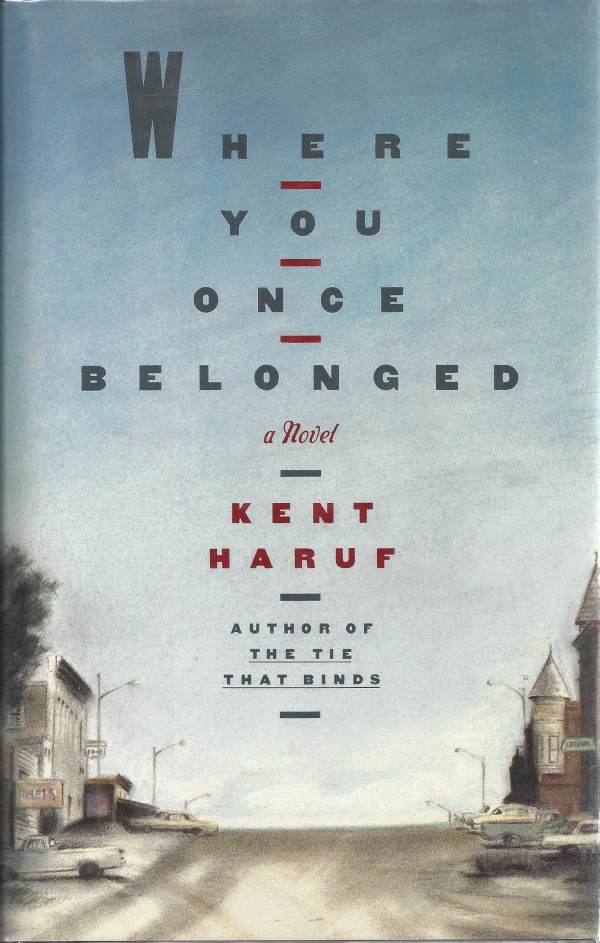 Collecting the six novels of Kent Haruf is to collect something of the heart. The stories of Kent Haruf never leave the reader and it can seem somewhat irrelevant to collect the books as objects. However, the stories are more than just stories that touch the heart. These novels read as modern day classics and will endure as classics. Haruf’s first two novels are harder to find as the print runs were smaller and signings were limited. By the time “Plainsong” was published, the print run had expanded to 70,000 and Knopf sent Haruf on national signing tours. Knopf issued a small number of “Benediction” signed as Haruf was too ill to tour.
Collecting the six novels of Kent Haruf is to collect something of the heart. The stories of Kent Haruf never leave the reader and it can seem somewhat irrelevant to collect the books as objects. However, the stories are more than just stories that touch the heart. These novels read as modern day classics and will endure as classics. Haruf’s first two novels are harder to find as the print runs were smaller and signings were limited. By the time “Plainsong” was published, the print run had expanded to 70,000 and Knopf sent Haruf on national signing tours. Knopf issued a small number of “Benediction” signed as Haruf was too ill to tour.
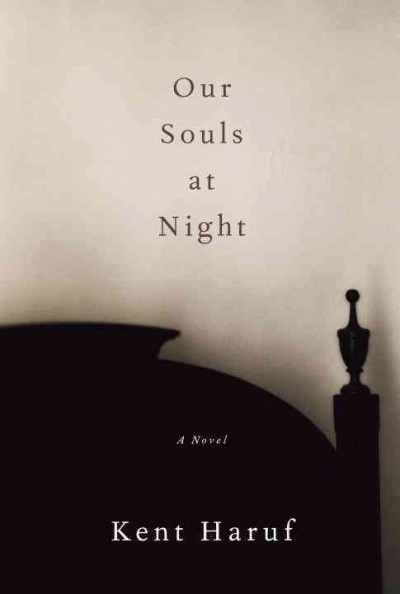 Kent Haruf passed away November 30, 2014 at the age of 71, but not before leaving us one final gift. “Our Souls at Night” goes on sale May 26, 2015.
Kent Haruf passed away November 30, 2014 at the age of 71, but not before leaving us one final gift. “Our Souls at Night” goes on sale May 26, 2015.
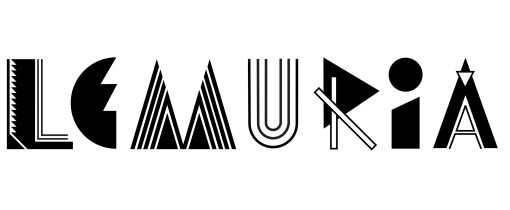
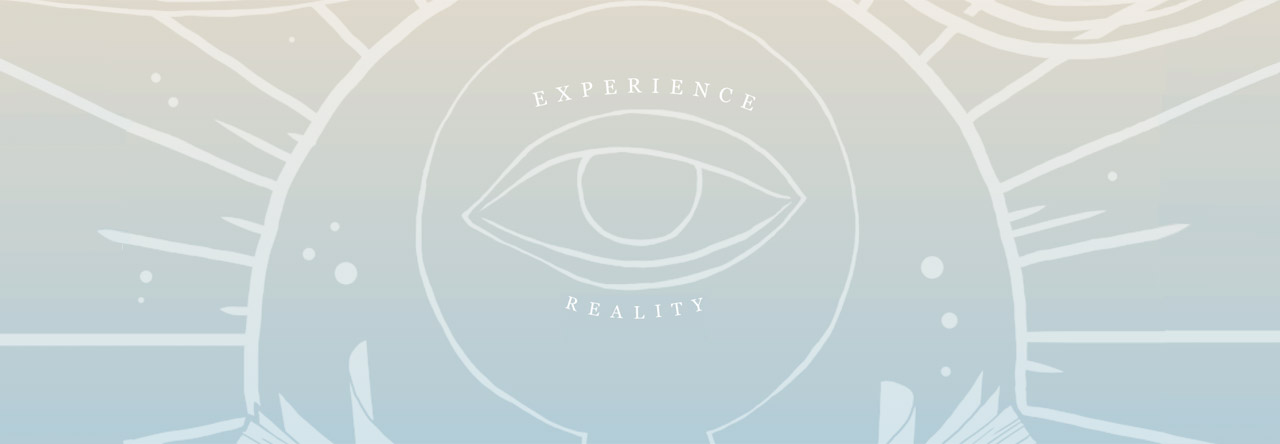
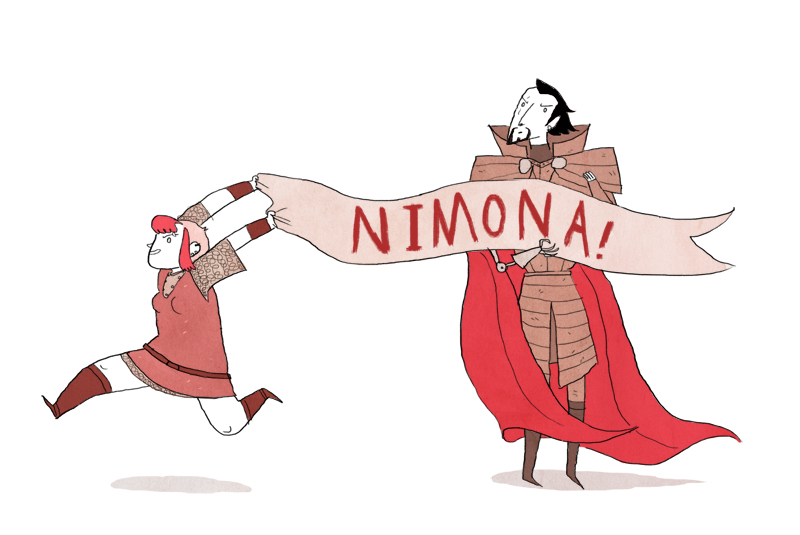
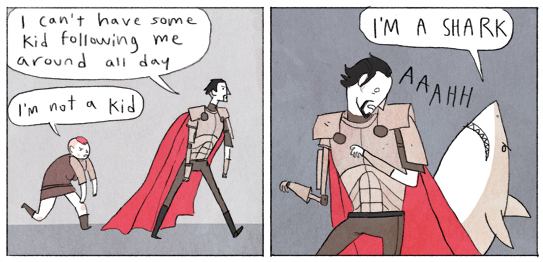
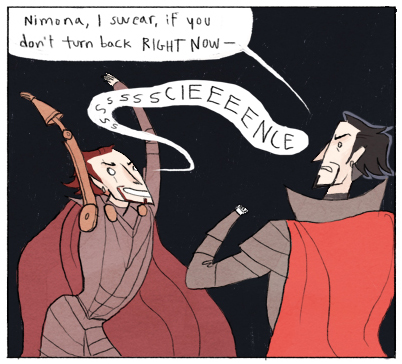
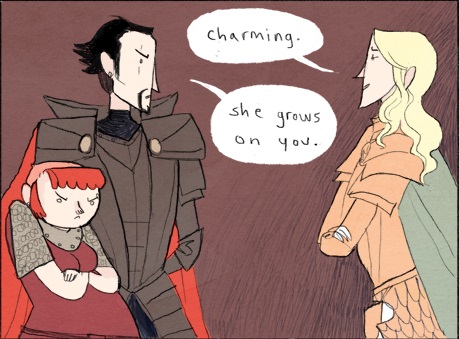









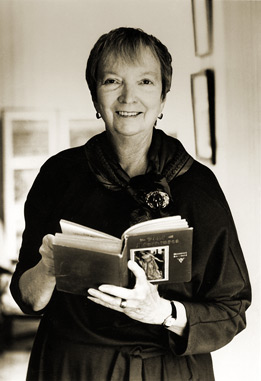
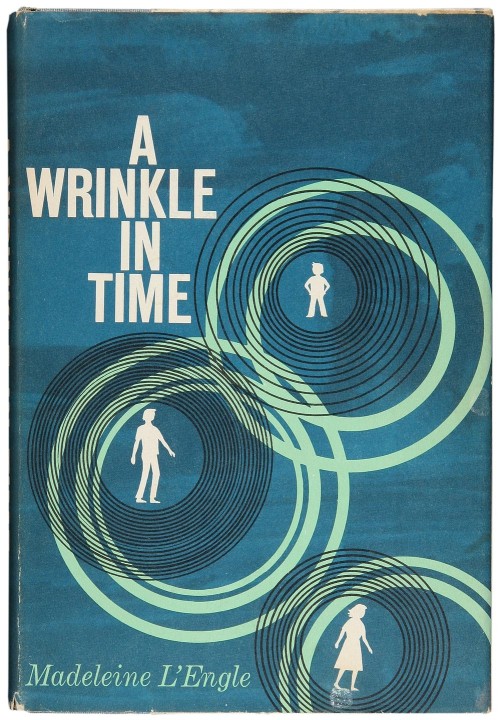

 This lovely graphic novel chronicles the entire history of one small space of earth. In 8,000 BCE a bog trickles out to the edges of the page; while in 1989, a house has been built on that very spot and two couples share cocktails and jokes in front of a dated coffee table. The geographical location never wavers, but to watch time weave in and out, changing the curtains,
This lovely graphic novel chronicles the entire history of one small space of earth. In 8,000 BCE a bog trickles out to the edges of the page; while in 1989, a house has been built on that very spot and two couples share cocktails and jokes in front of a dated coffee table. The geographical location never wavers, but to watch time weave in and out, changing the curtains, the rivers, and the wildlife- it feels so strange to have so much history sandwiched between so few pages. A mother stands in front of a window in the corner of the room and shows her baby the moon, and a bison sleeps exactly where the hearth will be in over 10,000 years.
the rivers, and the wildlife- it feels so strange to have so much history sandwiched between so few pages. A mother stands in front of a window in the corner of the room and shows her baby the moon, and a bison sleeps exactly where the hearth will be in over 10,000 years. Get In Trouble: Stories
Get In Trouble: Stories  Okay people. Why does no one buy Maira Kalman’s books?? This is beyond me. Kalman, writer, painter, children’s book author and illustrator, collaborator, art lover, and student of life, has put out yet another thoughtful and heart-tugging book. My Favorite Things is a collection of thoughts, memories, and objects that have gathered significance over the years. Similar to And The Pursuit of Happiness and The Principles of Uncertainty, My Favorite Things attributes poignant meaning to even the smallest of things. Instead of feeling forced or overly emotional, Kalman keeps her thoughts short and simple.
Okay people. Why does no one buy Maira Kalman’s books?? This is beyond me. Kalman, writer, painter, children’s book author and illustrator, collaborator, art lover, and student of life, has put out yet another thoughtful and heart-tugging book. My Favorite Things is a collection of thoughts, memories, and objects that have gathered significance over the years. Similar to And The Pursuit of Happiness and The Principles of Uncertainty, My Favorite Things attributes poignant meaning to even the smallest of things. Instead of feeling forced or overly emotional, Kalman keeps her thoughts short and simple. This book sheds light on the lives of people who lived in the shadows of their famous spouses, bosses, friends, and neighbors. Each mini biography is a page long, paired with unique portraits from more than 40 artists. Included in this collection is Charles Bukowski’s editor, Coco Chanel’s lover, Al Capone’s mentor, and Emily Dickinson’s dog. Did you know that Rosalind Franklin discovered that DNA had two forms and her research allowed Francis Crick and James D. Watson to prove the helix shape of DNA? Yeah well, now you do.
This book sheds light on the lives of people who lived in the shadows of their famous spouses, bosses, friends, and neighbors. Each mini biography is a page long, paired with unique portraits from more than 40 artists. Included in this collection is Charles Bukowski’s editor, Coco Chanel’s lover, Al Capone’s mentor, and Emily Dickinson’s dog. Did you know that Rosalind Franklin discovered that DNA had two forms and her research allowed Francis Crick and James D. Watson to prove the helix shape of DNA? Yeah well, now you do. Rene Denfeld stuns with this crystal clear novel about a death row inmate during his last days and the movements of his death penalty investigator as she tries desperately to uncover the truth surrounding his case. This novel is an incredibly hard sell because of the subject matter, but never have I experienced a book so concisely and exquisitely written. In the words of a customer, “not a word is wasted”. The Enchanted is set in a timeless, fuzzy landscape that is intent on keeping to the background so that the characters can take the main stage. It is a quiet, still book, with gleaming bits of gold shining through the cracks.
Rene Denfeld stuns with this crystal clear novel about a death row inmate during his last days and the movements of his death penalty investigator as she tries desperately to uncover the truth surrounding his case. This novel is an incredibly hard sell because of the subject matter, but never have I experienced a book so concisely and exquisitely written. In the words of a customer, “not a word is wasted”. The Enchanted is set in a timeless, fuzzy landscape that is intent on keeping to the background so that the characters can take the main stage. It is a quiet, still book, with gleaming bits of gold shining through the cracks. I have spent hours looking at this book. Hours. When it was given to me as a birthday gift, I feared that it would simply sit on my shelf, collecting dust after one thorough looking-through, but in the few months since it was given to me, I have taken it back out and poured over it again and again. The encyclopedic collection documents hundreds of different types of beetles, their countries of origin, eating habits, mating rituals, significant physical markers, and include a life-size photo of each specimen. You guys, I don’t even like beetles. Except now I do. Strange how knowledge creates passionate curiosity. Please don’t shy away from this book just because you think bugs are icky. Pick it up, because nature is freaking awesome.
I have spent hours looking at this book. Hours. When it was given to me as a birthday gift, I feared that it would simply sit on my shelf, collecting dust after one thorough looking-through, but in the few months since it was given to me, I have taken it back out and poured over it again and again. The encyclopedic collection documents hundreds of different types of beetles, their countries of origin, eating habits, mating rituals, significant physical markers, and include a life-size photo of each specimen. You guys, I don’t even like beetles. Except now I do. Strange how knowledge creates passionate curiosity. Please don’t shy away from this book just because you think bugs are icky. Pick it up, because nature is freaking awesome.